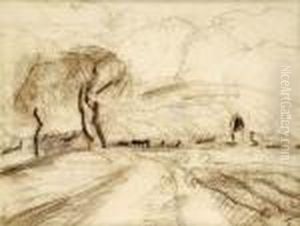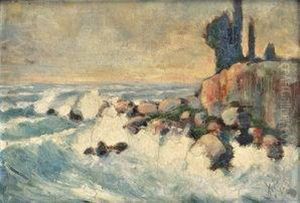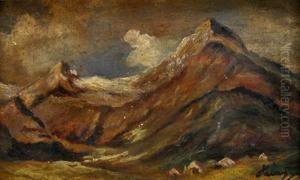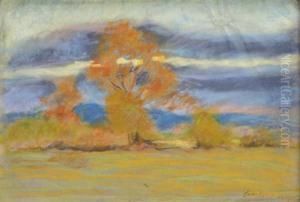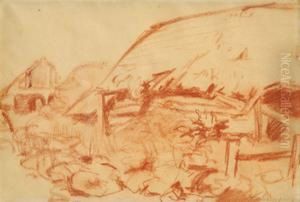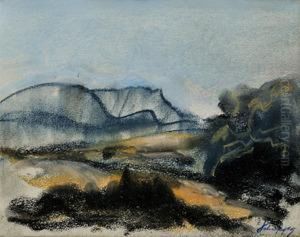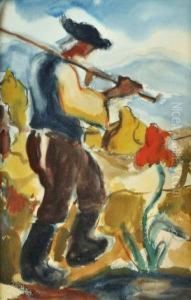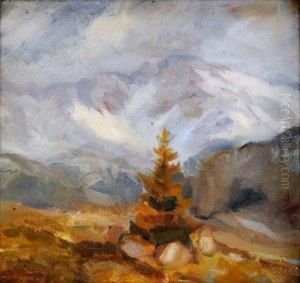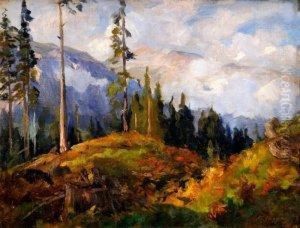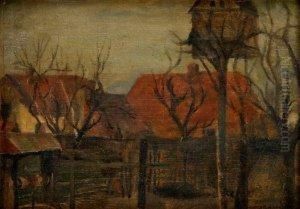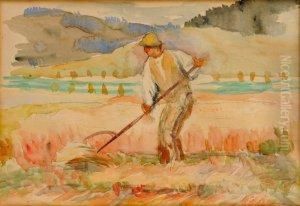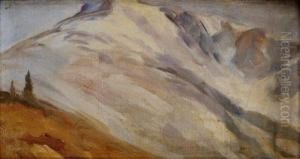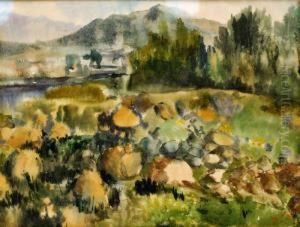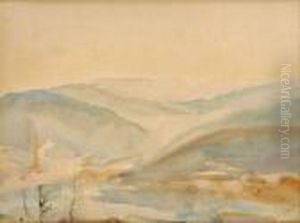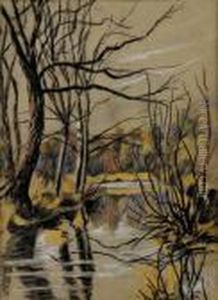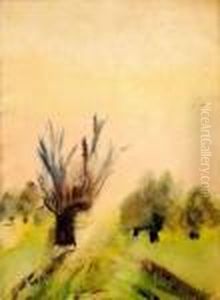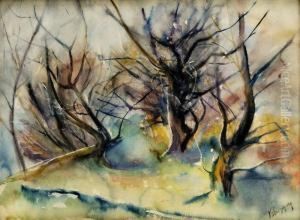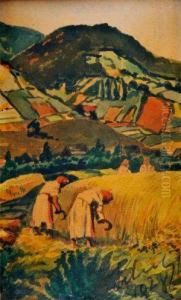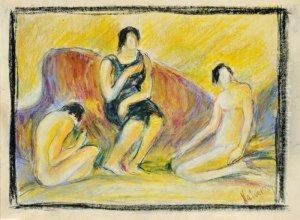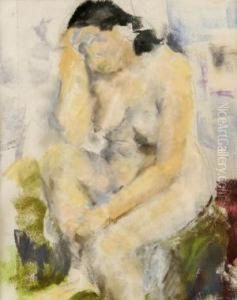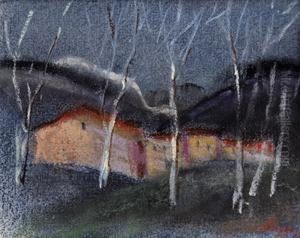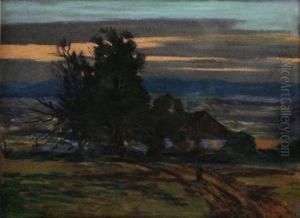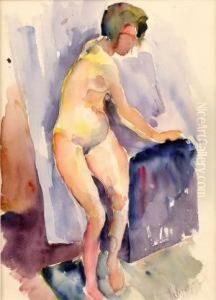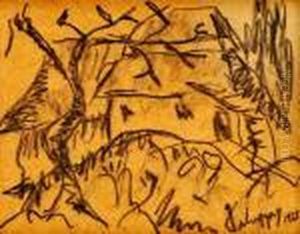Zolo Palugyay Paintings
Zolo Palugyay was a notable Slovak painter and graphic artist, born on April 24, 1898, in Zvolen, which was then part of the Austro-Hungarian Empire and is now in Slovakia. He is recognized for his contribution to Slovak modern art, particularly during the interwar period. Palugyay's artistic journey began at the School of Applied Arts in Budapest, where he studied from 1915 to 1919. He went on to further his education at the Academy of Fine Arts in Prague under the guidance of Max Švabinský, a prominent Czech painter and illustrator.
During his career, Palugyay developed a distinctive style that incorporated elements of Impressionism and Expressionism, with a particular focus on landscapes and still lifes. He was also influenced by Slovak folk art traditions and the works of French modernists. Palugyay was a member of the influential Slovak art groups 'UMĚNÍ' and 'Slovenská grafika,' which played critical roles in shaping the direction of Slovak art in the 20th century.
Despite his relatively short life, Palugyay's body of work left a lasting impression on Slovak culture. His paintings are characterized by a sensitive use of color and a dynamic approach to form, often capturing the mood and atmosphere of the Slovak countryside. Tragically, Zolo Palugyay's promising career was cut short when he died at the young age of 37 on October 26, 1935, in Bratislava, Slovakia. His legacy continues to be celebrated in Slovakia and his works are featured in many national galleries and collections.
